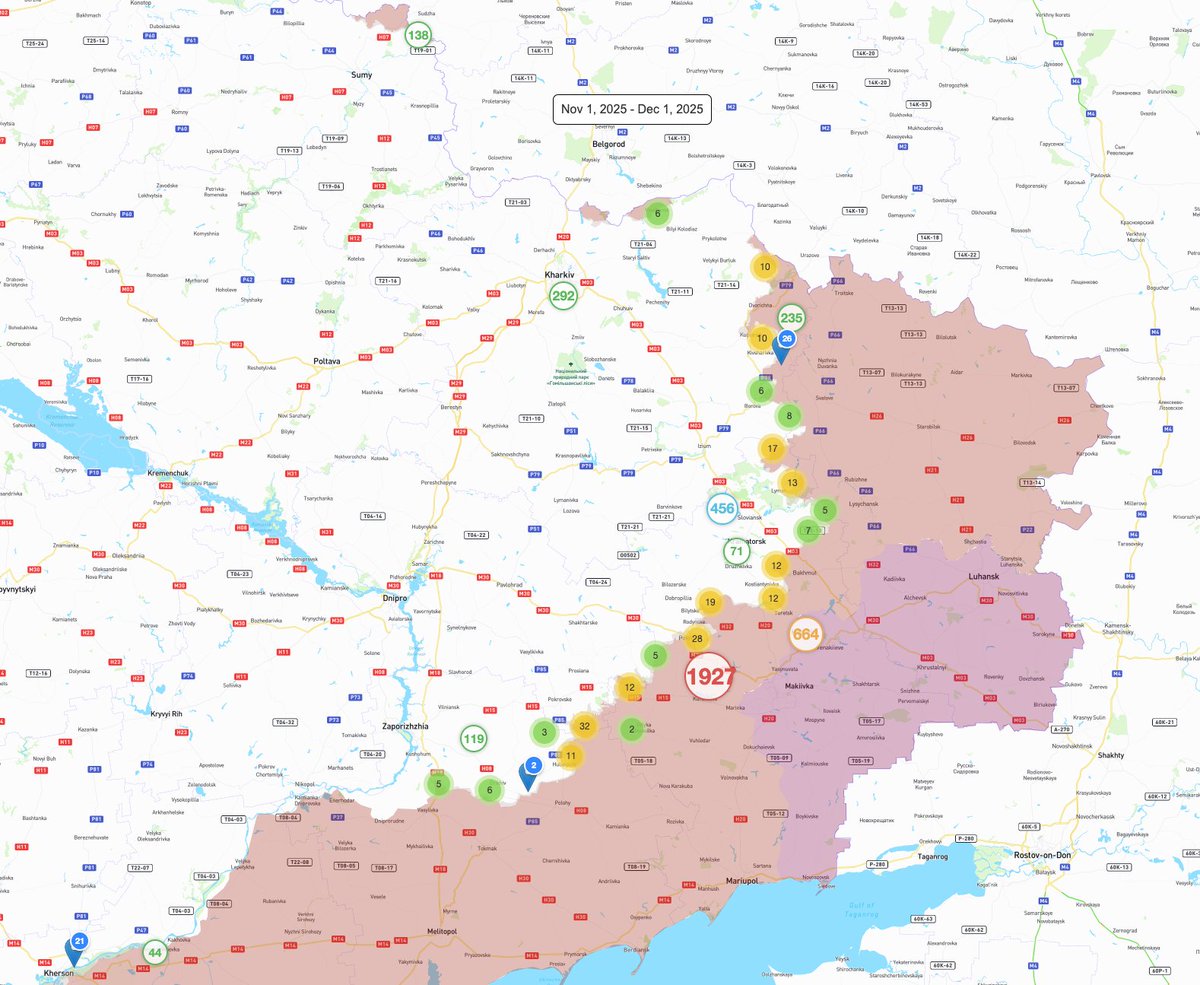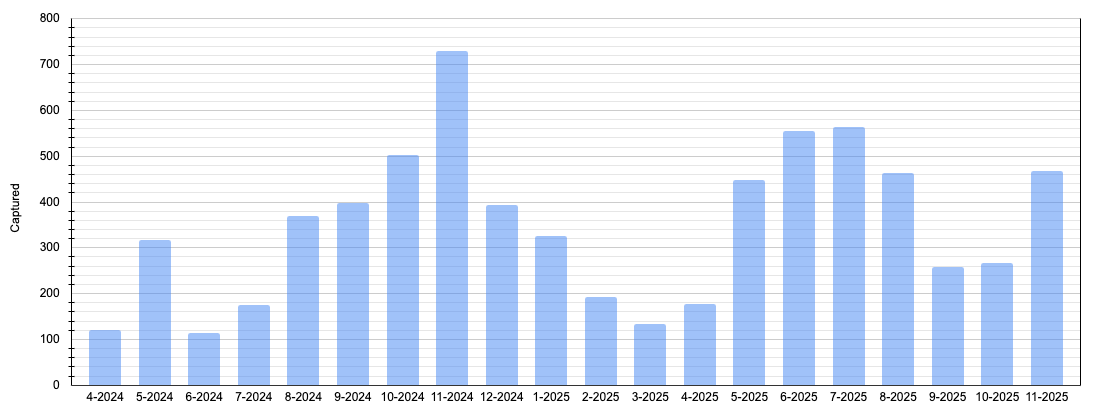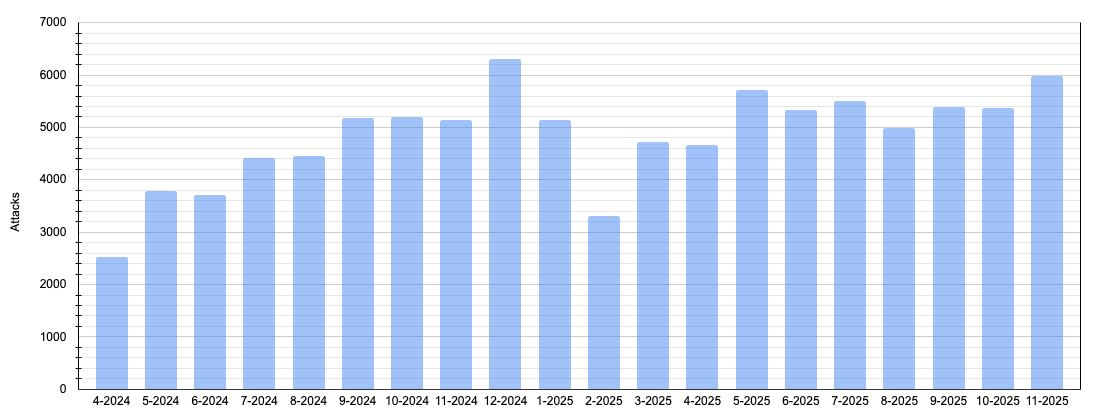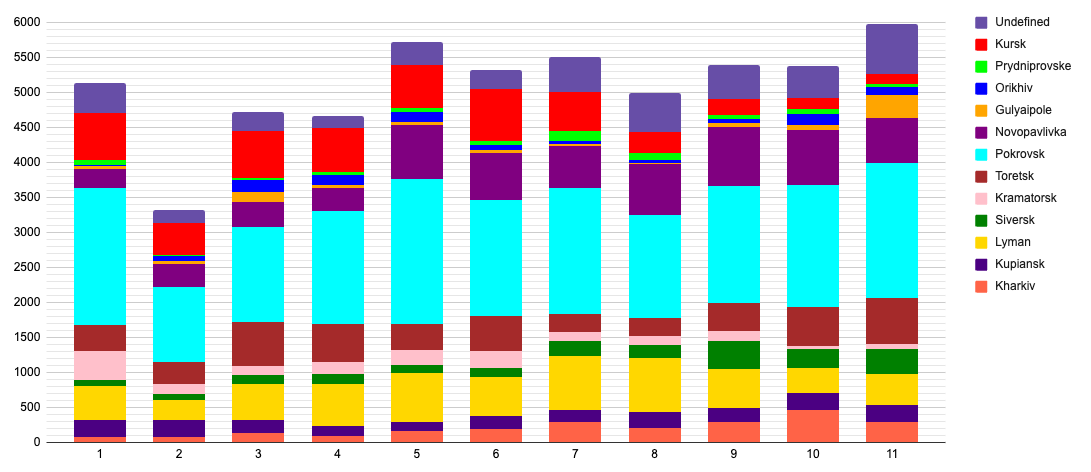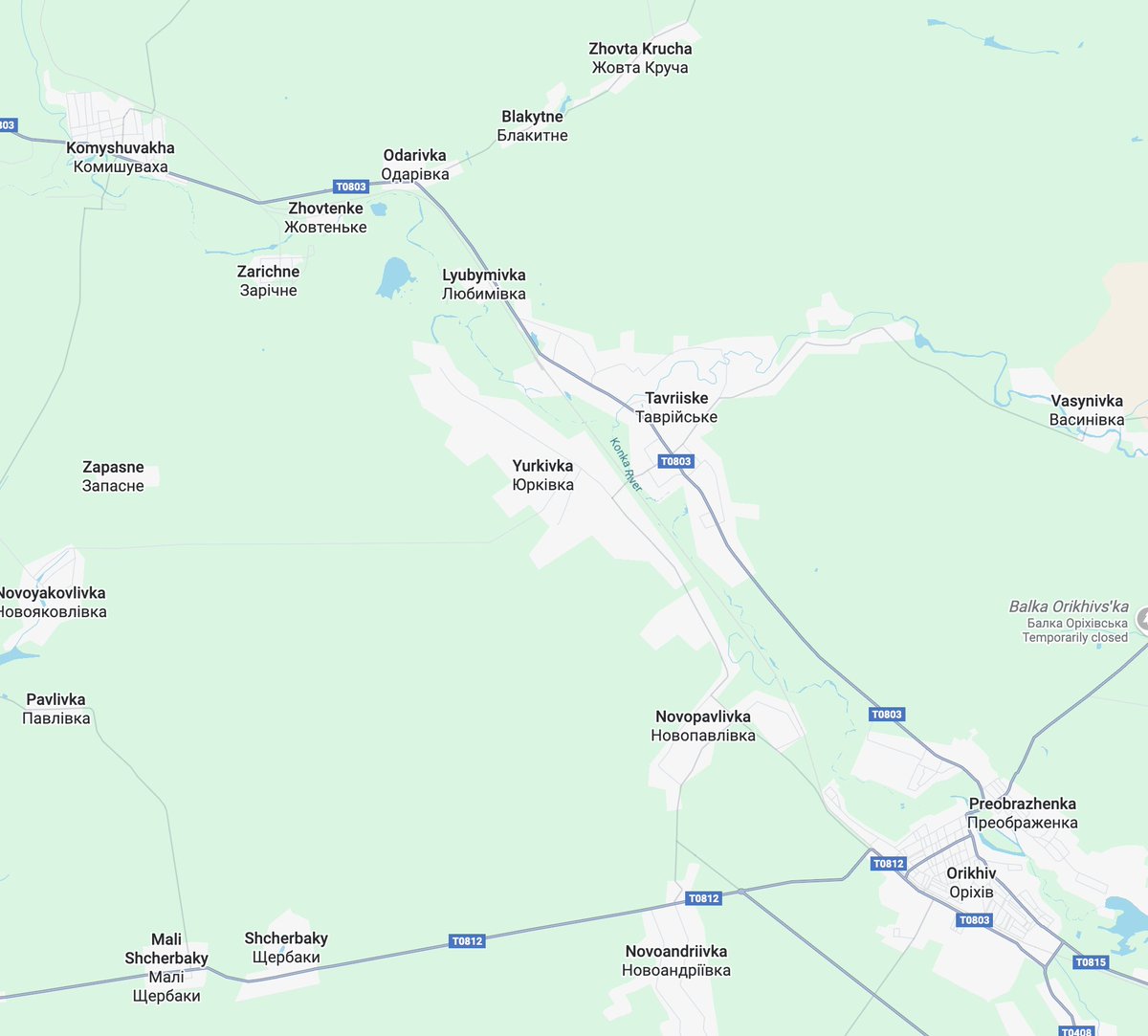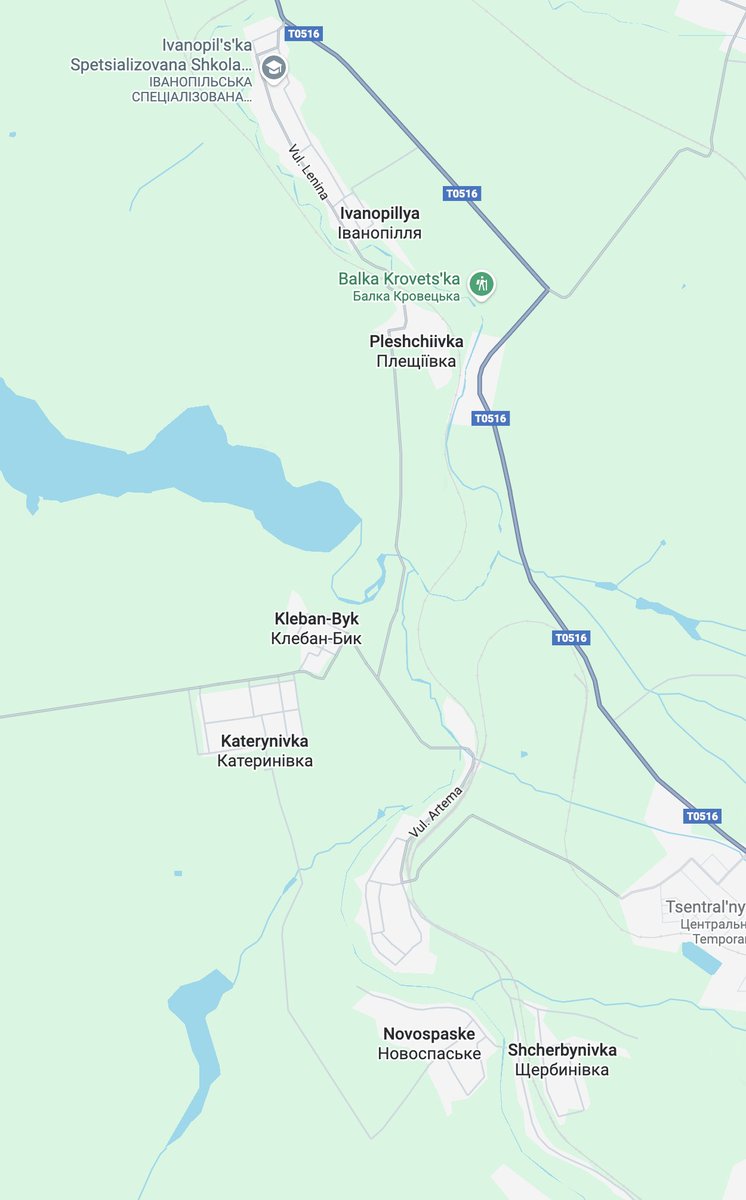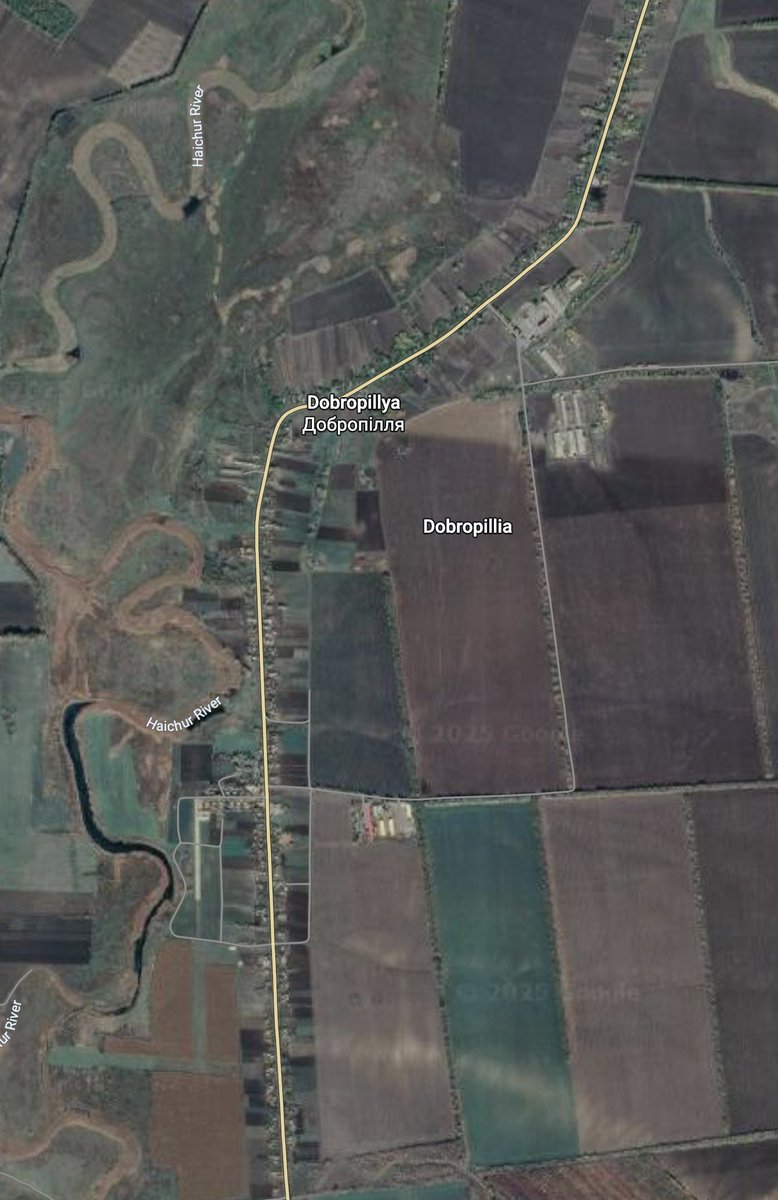#Map #Klishchiivka pushback
First reported somewhat significant 🇺🇦 gain in a couple of months happens at the area where 🇷🇺 was struggling since capture of Kurdumivka.
The area is estimated from 2 to 8 km² and makes no difference.
What matters is momentum and positions.
0/X
First reported somewhat significant 🇺🇦 gain in a couple of months happens at the area where 🇷🇺 was struggling since capture of Kurdumivka.
The area is estimated from 2 to 8 km² and makes no difference.
What matters is momentum and positions.
0/X
https://twitter.com/Tendar/status/1656180002290036737

Bakhmut is more than just a city - it's a lowland area east of the Donbas canal and offense can't stop on any point until canal is reached.
So 🇷🇺 should hold positions along the canal whatever the cost or start trading South and regroup.
So 🇷🇺 should hold positions along the canal whatever the cost or start trading South and regroup.
https://twitter.com/M0nstas/status/1616765194004496386
1. 🇺🇦 recaptured area West of the canal - the main 🇷🇺 bridgehead, it also provides an access to the road, who controls it has a agility advantage over the enemy.
Control of the area cuts of the woods at the North, no more attacks over the canal.
Control of the area cuts of the woods at the North, no more attacks over the canal.
2. Narrow high ground. Not used for the supply but is crucial for the defense of the 🇷🇺 supply routes through Klishchiivka.
It's important for 🇺🇦 to keep 🇷🇺 away, not even entering there.

It's important for 🇺🇦 to keep 🇷🇺 away, not even entering there.


3. Canal gaps near Ozarianivka and Kurdumivka.
In order to move further 🇺🇦 should control those gates.
It could be difficult to maintain a bridge crossing but it's impossible to destroy the natural crossing.
There were recent 🇺🇦 activities near Ozarianivka.
In order to move further 🇺🇦 should control those gates.
It could be difficult to maintain a bridge crossing but it's impossible to destroy the natural crossing.
There were recent 🇺🇦 activities near Ozarianivka.

4. T0513 - one of the important Horlivka - Bakhmut connections. With no secured connection over T1302 as well, 🇷🇺 would be limited in supplies.
In order to reach the road 🇺🇦 should pass the settlements that were heavily damaged in last months, so it’s hard to predict the outcome.
In order to reach the road 🇺🇦 should pass the settlements that were heavily damaged in last months, so it’s hard to predict the outcome.

5. With the control of the South claw, Bakhmut can be isolated and bypassed.
The old "plans" gives some understanding what targets can be chased.
The old "plans" gives some understanding what targets can be chased.
https://twitter.com/M0nstas/status/1586371869002768384
Summary.
The change is important but it makes no big difference so far. Only next steps will uncover the further development direction.
At least activity on the flanks can make the city attackers more nervous and force some tough decisions.
The change is important but it makes no big difference so far. Only next steps will uncover the further development direction.
At least activity on the flanks can make the city attackers more nervous and force some tough decisions.
P.S. need to clarify "insignificant gain"
For 🇺🇦 it's not that important, but that shuts the door for 🇷🇺.
It’s more 🇷🇺 lose than 🇺🇦 win.
For 🇺🇦 it's not that important, but that shuts the door for 🇷🇺.
It’s more 🇷🇺 lose than 🇺🇦 win.
• • •
Missing some Tweet in this thread? You can try to
force a refresh



